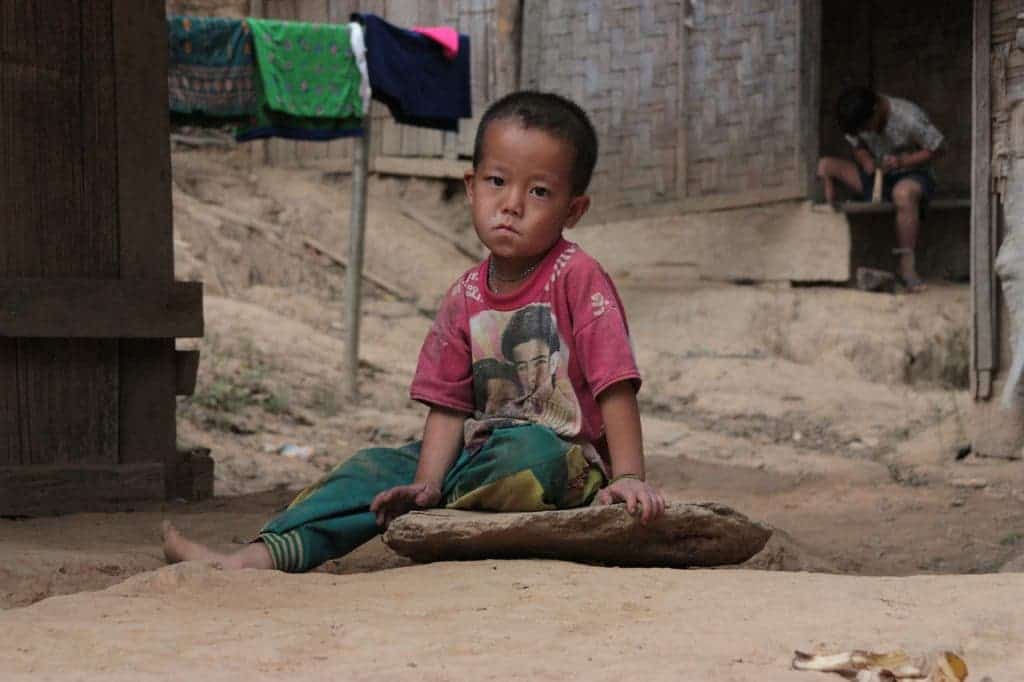Developing countries stand to lose $177 billion each year or about half a percentage point of GDP due to delays in the physical development of children. The Harvard researchers responsible for the new study say every dollar invested in curbing stunting could yield three-dollar return once these children reach a more productive adulthood.
Stolen childhood
It’s often hard to put a price on the lives and livelihoods of people across the world. But though this might seem shallow and inhumane to some, the economics of misery can help policymakers prioritize their resources where there’s the greatest positive impact.
A child’s early years are critical to their development, but millions around the developing world — three out of ten children, to be more exact — suffer from poor nutrition, premature birth, low breastfeeding rates and early exposure to infection.
“In an age of essentially stagnant growth, ignoring this issue is the dumbest thing you could do for the global economy, while paying attention to this issue would be one of the smartest,” Peter Singer, head of Grand Challenges Canada, which funded the research through its Saving Brains programme, told Reuters.
The study, made by a team at Harvard’s T.H. Chan School of Public Health, is the most extensive of its kind that assessed the impact of poor early growth in low- and middle-income countries. They arrived at the $177 bn. figure by combing through mountains of data for 123 million children born in 2010 in 137 developing countries.
The countries which stand to lose the most because of poor child development are those in South Asia. In this region, governments can expect to lose $46.6 billion in potential earnings over the lifetimes of children born in any given year. South Asia is followed by Latin America ($44.7 billion) and sub-Saharan Africa ($34.2 billion). The countries which have most to gain from improving the livelihoods of their children were India ($37.9 billion), Mexico ($18.5 billion), and China ($13.3 billion).
The report’s authors said strategies for improving child growth include better antenatal care, encouraging mothers to exclusively breastfeed for at least six months and providing micronutrients for children. Of course, this runs in line with alleviating poverty, which still cripples hundreds of millions around the world. The good news is the world is making progress. For instance, poverty in India has dropped stunningly from 21% in 2012 to 12.4%, according to the World Bank.










